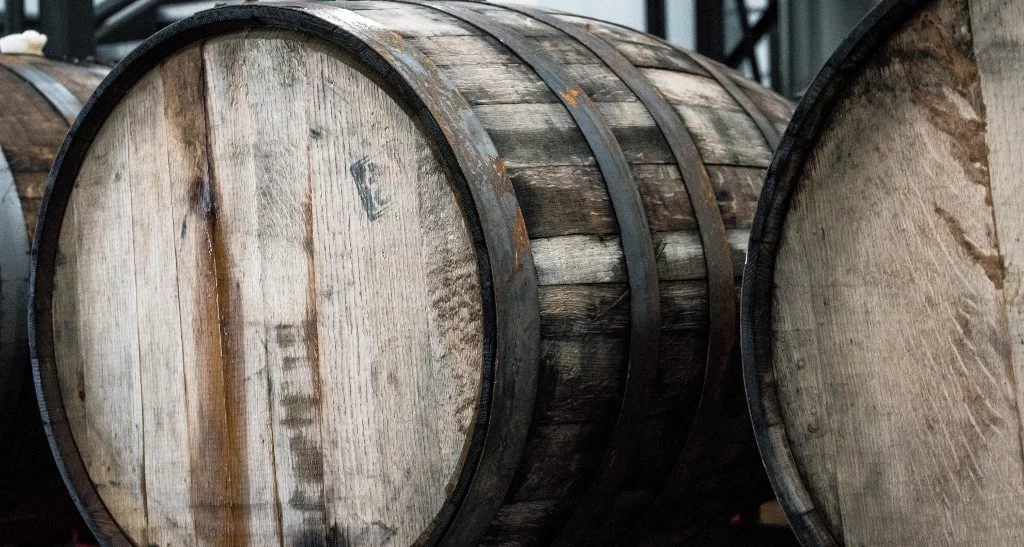Long before stainless steel vessels became common, wooden barrels were the standard choice for keeping, transporting, and cellaring various liquids. In those early days, a barrel could transport wine from town to town, olive oil across the ocean, or even Rum from the Caribbean to the Maritimes. While transportation was the primary intention, it was also discovered that the rum might have been darker with more flavour or the wine could be more complex. There was something more to these barrels than transportation: there was hidden flavour, it just took time to bring it out of the wood.
Beer would have also been one of the first liquids to be transported and aged in barrels. It was very common for beer to be put in barrels after fermentation to cellar and to transport to the pub or beer hall for consumption. However, brewers in those days really didn’t want the the actual flavour of wood in their beers, so when breweries received new barrels they were filled several times with boiling water to remove as much wood flavour as possible. Then, the barrels would be filled with beer. Over time brewing has evolved and we have been able to understand more of the science that goes into beer. We now understand how barrels can work with beer in even more ways.
Here’s a quick breakdown of the two major ways barrel aging is utilized in beer today:
- A trend that exploded in the craft world a decade or so ago was the ageing of heavy, dark beer in barrels that once held something else like Single Malt or Bourbon Whiskey. While brewers didn’t want the raw, wood flavours from a new oak cask, they most certainly did want the flavours leftover from other things like a Kentucky Bourbon, with it’s sweet aromas of vanilla and spices. The trend spread like wildfire and it was almost impossible to find a brewery that didn’t have a “Bourbon Barrel Aged Russian Imperial Stout” or something of that nature. These styles are very much still around now, with different combinations of barrels and styles including Belgian Quad aged in Port Casks, Barley Wine aged in Calvados Casks, or Imperial Stout aged in Rum Barrels. Try Bush Pilot Stormy Monday or Unfiltered Commissar. In recent years, however, we’ve started to see lighter styles of beer also aged in barrels that were used for lighter styles of wine and spirits. Something like a light, Belgian Grisette when it is aged in a cask that once held the very aromatic Sauvignon Blanc grape is transformed into a whole other beer entirely.
- A newer brewing trend is the utilization of yeasts and bacteria that live naturally in the pores of the wood grain- a method that’s actually as old as wood barrels themselves. Before modern yeast science, brewers noticed that fresh beer put into cask would turn sour or funky over time. Brewers in the Flanders region of Belgium and the Lambic artists near Brussels have been able to harness these wood cultures for generations to further the development of beer after primary fermentation. Try the Duchesse de Bourgogne Verhaeghe for a Flanders style and Lindeman’s Cuvee Rene for a Lambic style. Some of these breweries may have several barrels or foeders (really big barrels) that are purely used as vessels to harbour a mixture of bacteria to develop the next beer. Try Burdock Eros 111 or Stillwell Shiro for new beers with barrel cultures. These yeasts can change slightly after every use, furthering the complexities they create and no two barrels are the same in what yeast cultures they can hold. This type of barrel ageing can also be risky, as unwanted bacteria can get in a barrel and alter the final product- creating something unintended, or worse, undrinkable.
Brewers can put any style of beer they want in a barrel to achieve either of the outcomes mentioned above, there are no rules – especially in craft beer!

